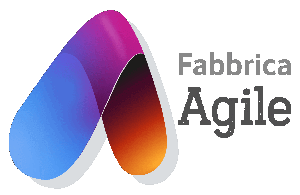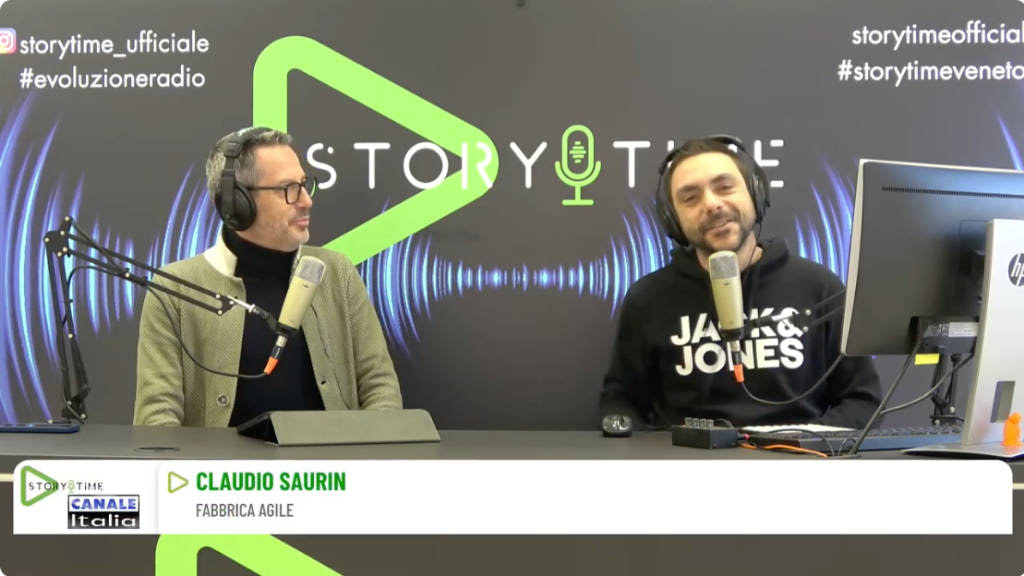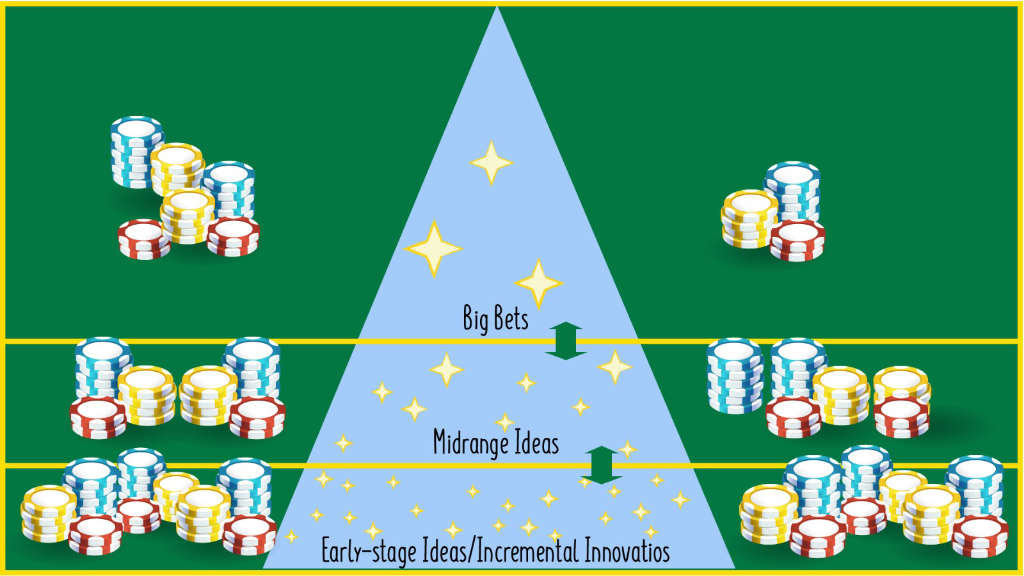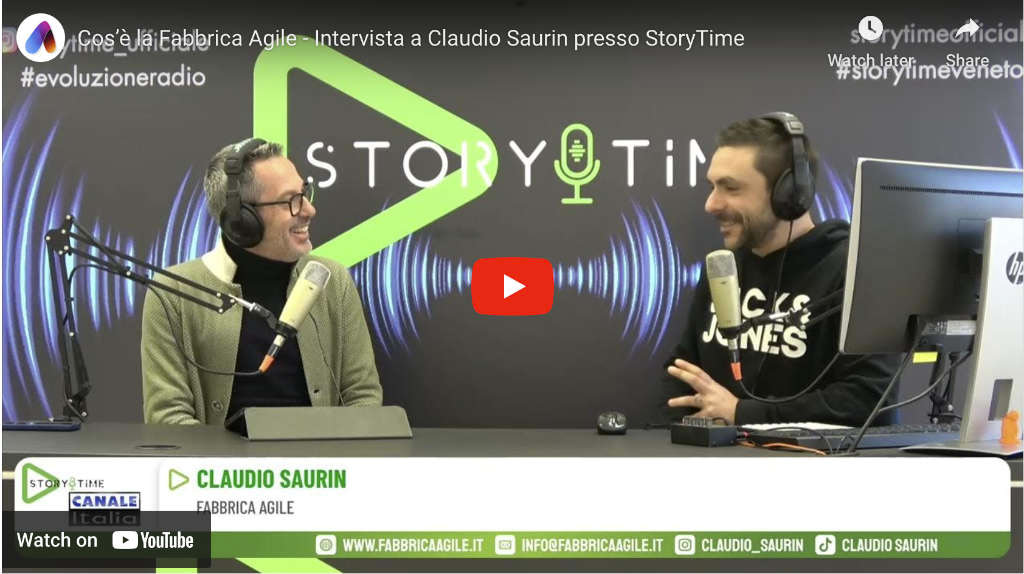Taxonomy is a hierarchical way of classifying information and documents that is most frequently used with PLM (Product Lifecycle Management) systems and/or EDM (Electronic Document Management) systems
Each type of information or document is then associated with metadata (a kind of identity card of the document or information) that is functional for their search.
Each document can be associated with multiple labels or TAGs, which are keywords to facilitate searching.
More advanced search engines combine document searching by type, by TAG, by metadata associated with documents, and by text contained within documents.
If you search for a word, together with these additional criteria, search engines do a fantastic job.
The underlying theme that I was facing with my team on Digital transformation was:
How can we find a document related to an object whose existence we ignore?
In other words, if I am exploring a new topic unknown to me, I don’t know what words to enter to do a search.
This is where Wiki systems come to our aid, which are good for storing knowledge within pages where it is easy to create hyperlinks to other pages.
It is also possible to assign keywords or TAGs to each page for its search.
In my experience in the company, the use of Wiki systems is employed to manage information that is not convenient to incorporate into a PLM
This makes it necessary to flank the two systems often with links to documents in the PLM from Wiki pages.
When you are looking for information you need to do it in both platforms.
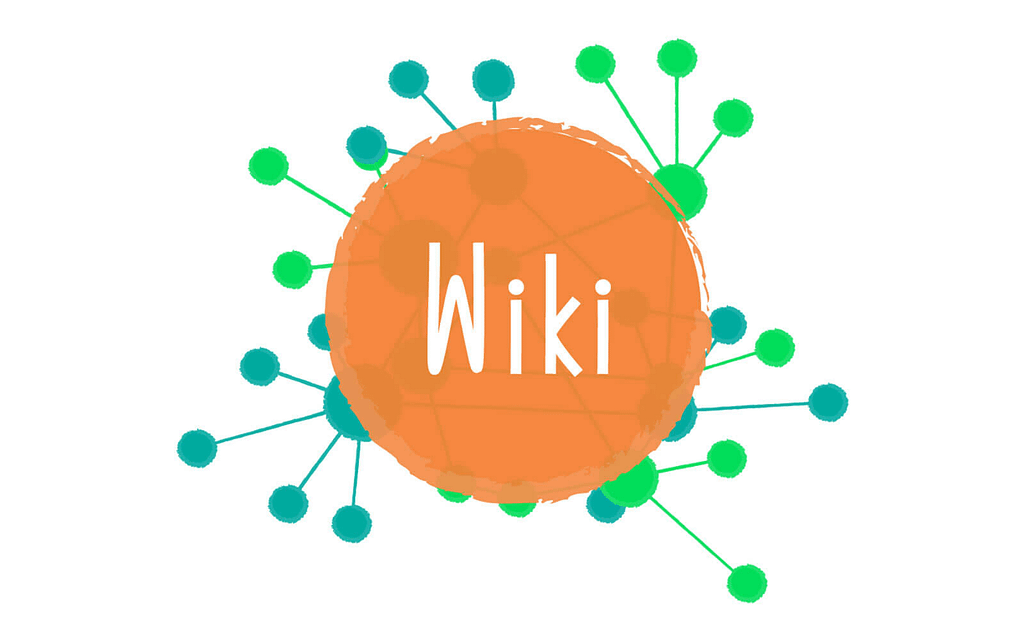
In the most improved wiki systems, it is also possible to build TAG indexes.
I like to call these TAG indexes knowledge trees.
When browsing these knowledge trees, you may encounter keywords you do not know and see all the documents and information related to the keyword. The answer to the underlying issue of searching for unknown information are the knowledge trees, but extended to all types of information.
To do this, with my team, we created within the Distribution PLM thematic indexes containing TAGs, or knowledge trees…
Similar to the subway in a large city, where a station can be reached in some cases by different lines, TAGs can be common to several thematic indexes.
In this way, selecting a theme makes it easier to assign TAGs, instead of choosing them from the middle of an unstructured container that contains many dozens of them.
We then created within the Distribution PLM a type of documents, based on a web editor, equivalent to a Wiki page.
Within this kind of Super-Wiki, one can hyper-navigate information by moving from a drawing to a report, to photo albums, to a Wiki page without worrying about the type of information.
Knowledge trees lead us to each type of information tagged with that specific TAG, making a dual information storage environment no longer necessary. The cross functional team thus has a single environment to manage knowledge.
